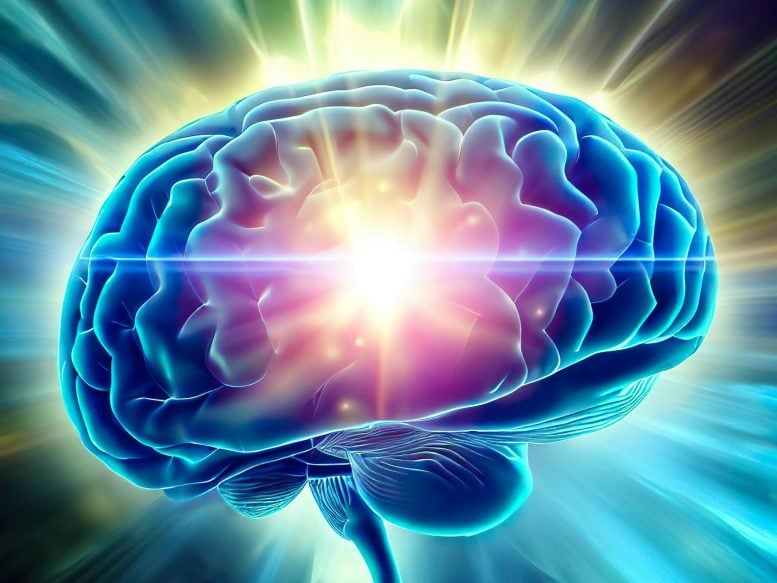
New research has discovered that the 19S proteasome particle, typically associated with protein degradation in the brain, can function independently in synapses, regulating key synaptic proteins and enabling synapses to adapt to different circumstances. This discovery, aided by the super-resolution imaging technique DNA PAINT, not only reveals an unexpected role for the 19S particle but also provides a new target for understanding and potentially treating neurological disorders like Parkinson’s disease and dementia.
Darwin’s evolutionary theory underscored the significance of adaptation and variety in nature. However, can proteins within a biological cell also exhibit versatility and adapt to new roles in varying contexts?
The answer appears to be yes for the central protein-decomposition apparatus in the brain. When located at synapses, it reveals a previously unseen mechanism enabling synapses to adapt to varying situations.
The role of the regulatory (19S) proteasome particle has always been exclusively linked to its functioning in the proteasome complex, where it collaborates with the catalytic (20S) particle to recognize and remove unwanted or damaged proteins- a mechanism that is crucial for normal brain development and function.
Using a super-resolution imaging technique, called DNA PAINT, the research team noticed an abundance of free 19S particles in synapses, floating around without their 20S partners:
“What we realized was that 19S is not only a partner of 20S. It also works alone as an independent regulator for many key synaptic proteins. This revealed a whole new dimension to our understanding of protein function at synapses,” explains Chao Sun, Associate Professor, and lead author of the article.
The researchers found that the abundant free 19S particles seem to interact with a number of synaptic proteins, including those involved in neurotransmitter release and detection, thus regulating information transfer and storage at synapses.
“Usually, if the cell makes excess copies of one protein component, it needs to get rid of these excess copies. Because cells do not like to have extra proteins lying around when they can’t find partners to enable protein function. We call them ‘orphan proteins’. But in this case, it seems like the synapses are making use of these free 19S particles and adapting them to fulfill alternative functions in the synapses,” Chao Sun explains.
With this new discovery, scientist now has a new target for both understanding and treating neurological diseases with dysfunctional synapses, such as Parkinson’s disease and dementia.
Reference: “An abundance of free regulatory (19S) proteasome particles regulates neuronal synapses” by Chao Sun, Kristina Desch, Belquis Nassim-Assir, Stefano L. Giandomenico, Paulina Nemcova, Julian D. Langer and Erin M. Schuman, 26 May 2023, Science.
DOI: 10.1126/science.adf2018
Chao Sun is currently a Group Leader at DANDRITE, and he conducted the research when he worked with the Brain Prize winner Erin Schuman at the Max Planck Institute for Brain Research.

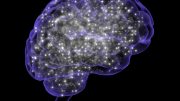
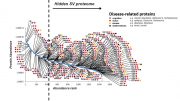
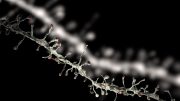
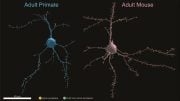
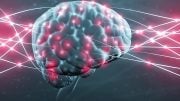
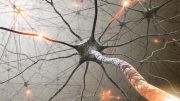

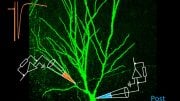
Be the first to comment on "A New Twist in Brain Science: A Proteasome Particle’s Unforeseen Function in Synapses"